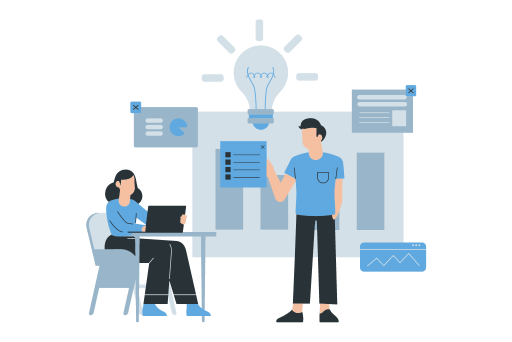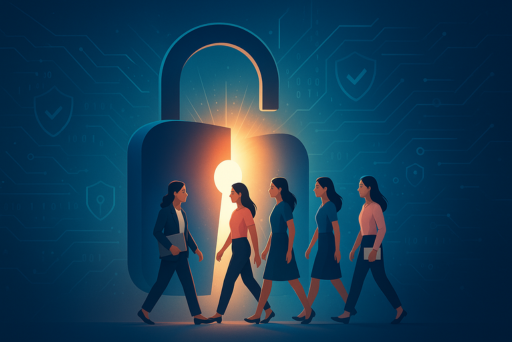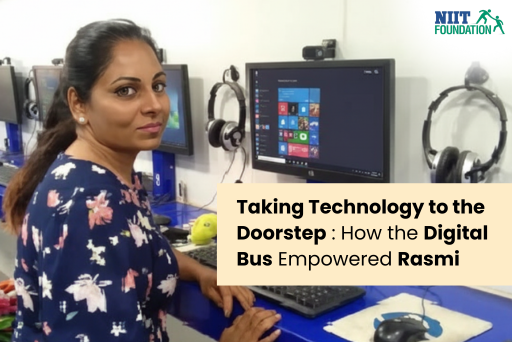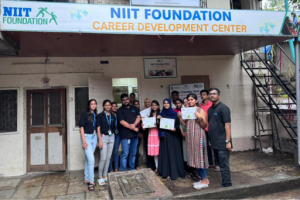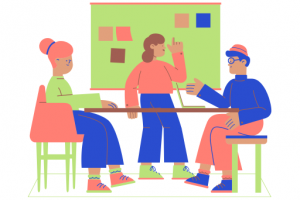Our lives have been impacted by technology in every aspect. With over 820 million active internet users in India, it is clear that technology has ingrained itself into human society. It has improved development, information sharing, and how we work, study, and connect—from the sophisticated machinery that supports our culture to the smartphones in our pockets. The revolution in education has been one of its major contributions.
Undoubtedly, as technology continues to integrate across all domains of our lives, education is no exception – turning classrooms from static spaces into active centres of learning. Appropriate technology has optimized students’ learning in and out of the classroom in today’s blended learning environment and assists academic leaders and educators in accomplishing educational priorities and objectives.
While there are positive results from the quick adoption of technology in the classroom, there are also certain drawbacks that need to be carefully considered. Digital resources enhance education yet given the existing digital divide and lack of educational resources in India; equitable access is a challenge. Lack of connectivity and necessary gear can make it challenging for students to get involved in educational activities in remote areas. To thrive in the 21st century, education needs to be nimble, evolving alongside the world and seamlessly connecting with students’ lives beyond the classroom walls.
NIIT Foundation, a leading organization, is tackling this challenge and aims to improve the lives of the impoverished by means of educational initiatives and skill-building activities. The organization has launched several initiatives, such as the Digital Literacy Programme, Hole-in-the-Wall Learning Stations, and Digital Buses, which basically attempt to provide people—especially those from disadvantaged backgrounds—the abilities and information necessary to successfully traverse the digital world. It covers a wide range of subjects, from accessing the internet and its multitude of applications to raising awareness about cybersecurity, allowing beneficiaries to navigate the digital landscape effectively. Additionally, the Digital Literacy Programme includes a strong focus on cybersecurity, teaching participants how to protect their personal information, recognize online threats, and practice safe browsing habits to ensure their online activities are secure.
Additionally, the Hole-in-the-Wall learning stations – which offer free, accessible computer set up in ATM-like kiosks – allow children aged 5-14 years to experience and witness the impact of technology. Students now have a basic understanding of computers and other digital devices, and this has shown how technology can close the digital divide and help kids become self-sufficient learners. The premise has been simple: any person, when left to their own devices, could foster self-directed learning and technological proficiency.
NIIT Foundation also collaborates with other organizations to expand and maximize their impact. One such initiative is Project Unnati, a CSR initiative by HPCL Ltd in association with NIIT Foundation, which aims to give students in semi-urban and rural schools free computer education and time-bound computer awareness activities. Project Unnati is committed to closing the digital divide between the students in rural and urban areas by increasing digital literacy.
In today’s world, digital literacy is no longer a luxury; it’s a necessity. But for many in rural areas, access to technology and the skills to use it effectively remain a distant dream. Digital Bus, another initiative taken by NIIT Foundation, is a mobile classroom on wheels has been working towards transforming rural India’s digital landscape. These specially designed buses are packed with computers, tablets, and other digital tools. But more importantly, they carry a team of dedicated trainers who bring the world of technology directly to people’s doorsteps, teaching them basic computer skills and equipping them with digital literacy for daily life and employability.
To ensure that people receive a well-rounded education that prepares them for the future, it is critical that we strive to establish a balance between conventional teaching techniques and technological integration. A well-educated and exceptionally skilled generation that can propel innovation and growth in the digital age can result from judicious use of technology.

